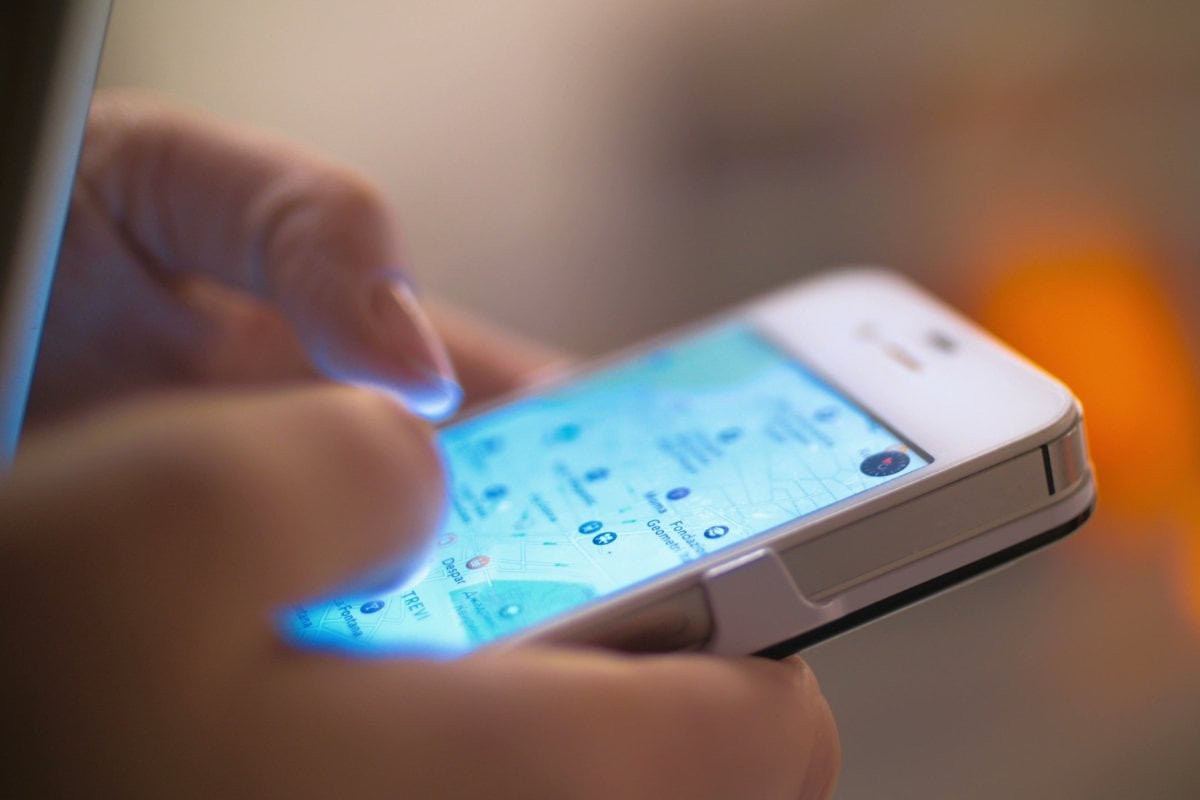
The murder of Lilie James in the toilet block of a Sydney school by her former boyfriend in October shocked Australia. Her death came amid a spike in alleged domestic violence killings — six women died in the space of 10 days.
The deaths again thrust the issue of domestic violence into the spotlight.
They also thrust technology's potential to help prevent domestic violence into the public eye.
Since Ms James' murder, some experts have called for GPS tracking and monitoring on men flagged as potential killers — suggesting that an online monitoring program developed in the UK, and currently being trialled there for potential domestic violence perpetrators — be introduced in Australia.
GPS tracking is just one example of how technology could help tackle domestic violence. This is a field that is rapidly advancing and shows great potential, although most tech solutions require more work before they're ready for use in the real world.
Watch: We lose one woman every week in Australia to domestic violence, but that's just the tip of a very grim iceberg. Post continues after video.
Tech: a double-edged sword.
Perpetrators are increasingly using technology — smartphones and social media —to stalk, harass, threaten and abuse their victims. Among their arsenal are location tracking-using GPS apps and spyware to monitor a victim's communications.




























































































